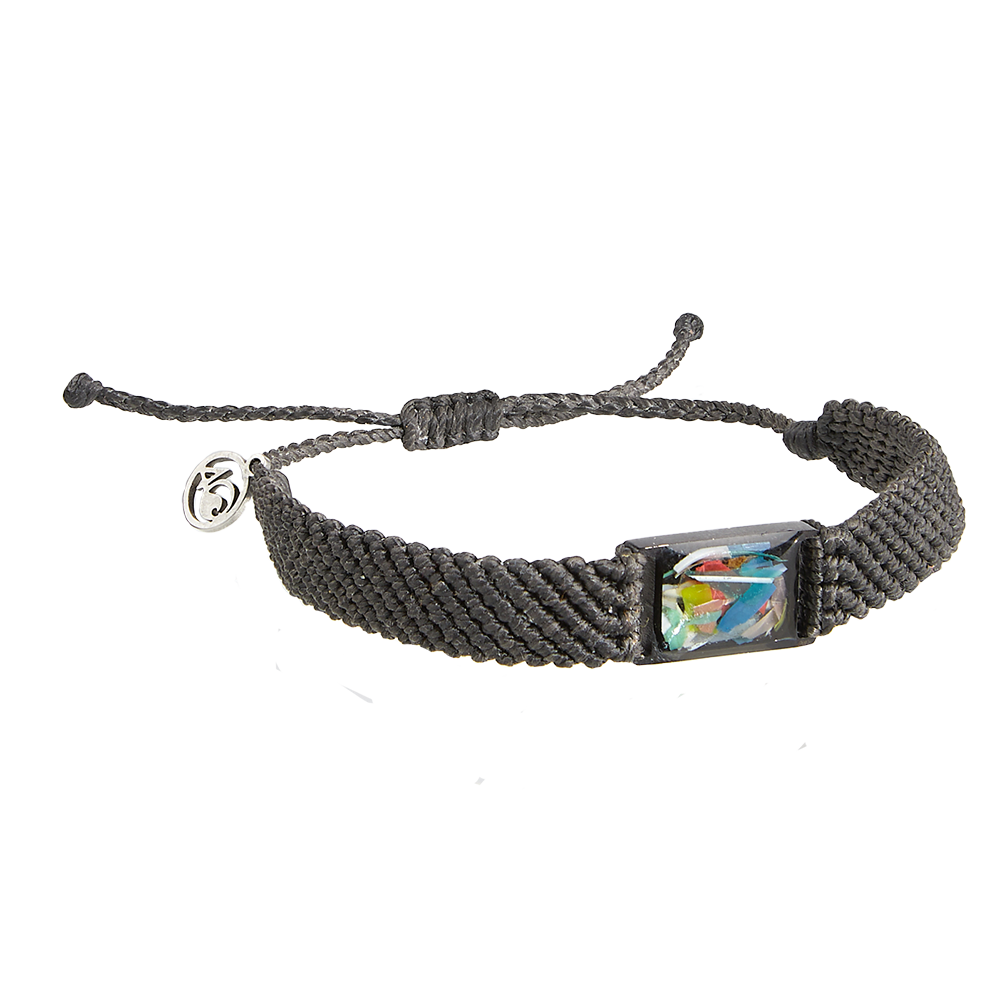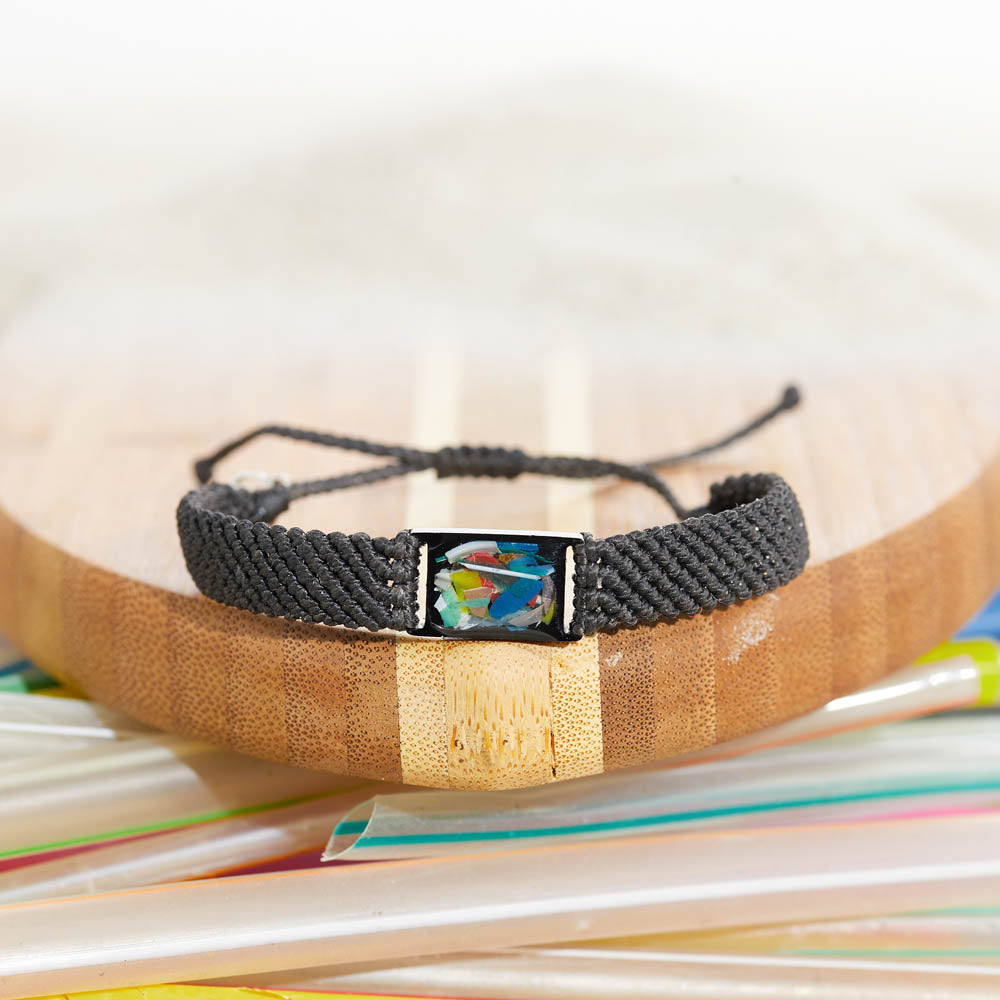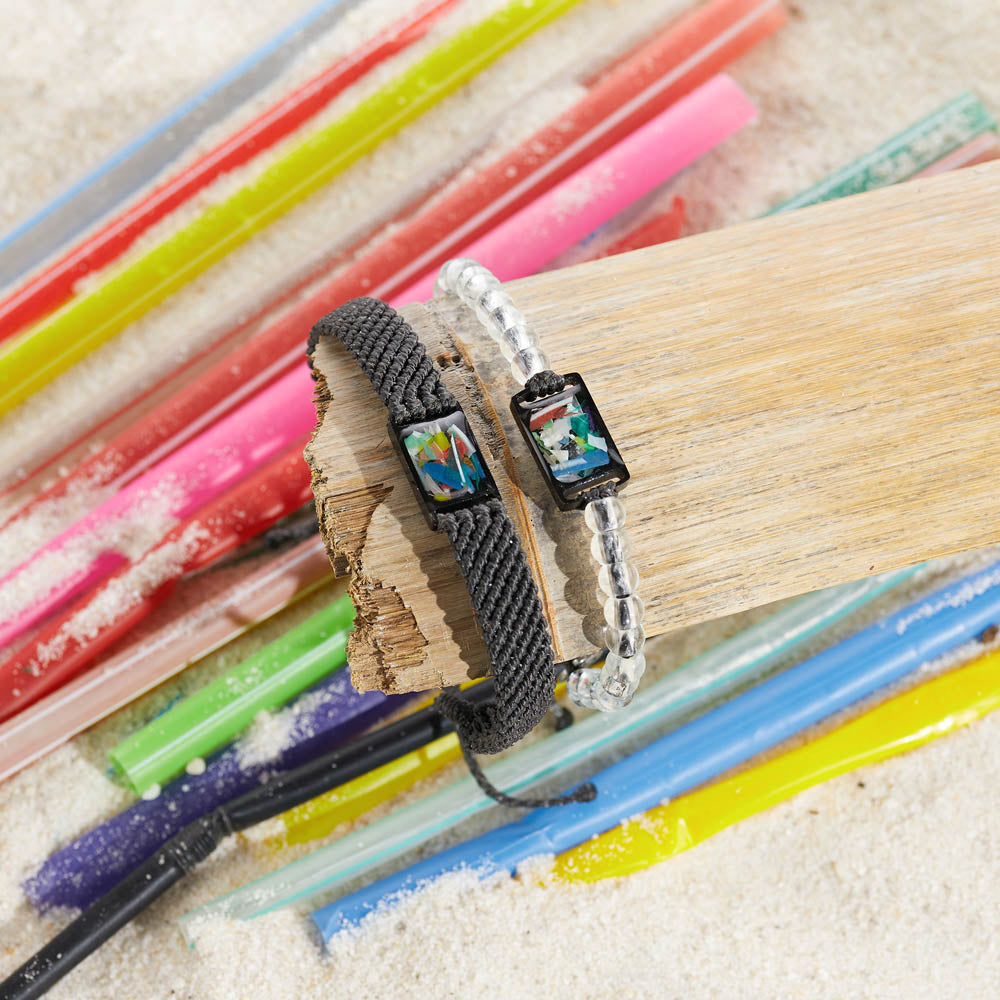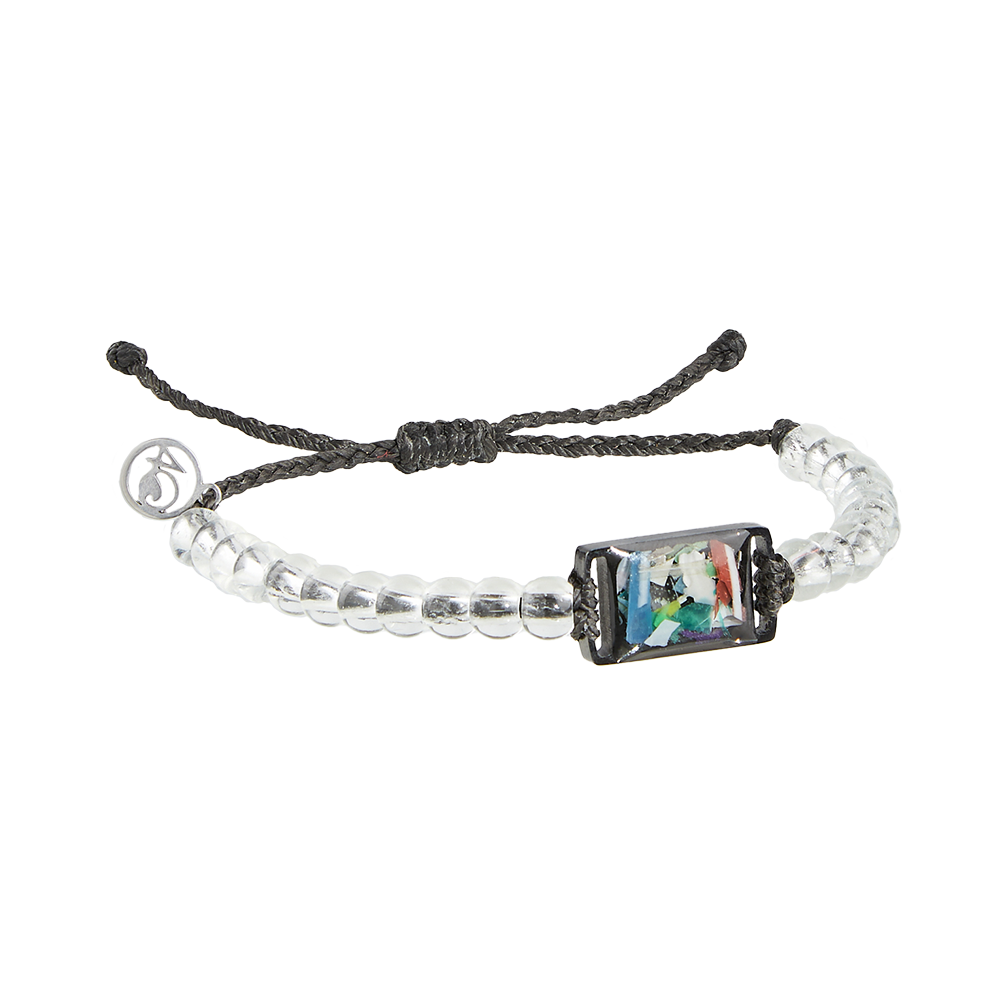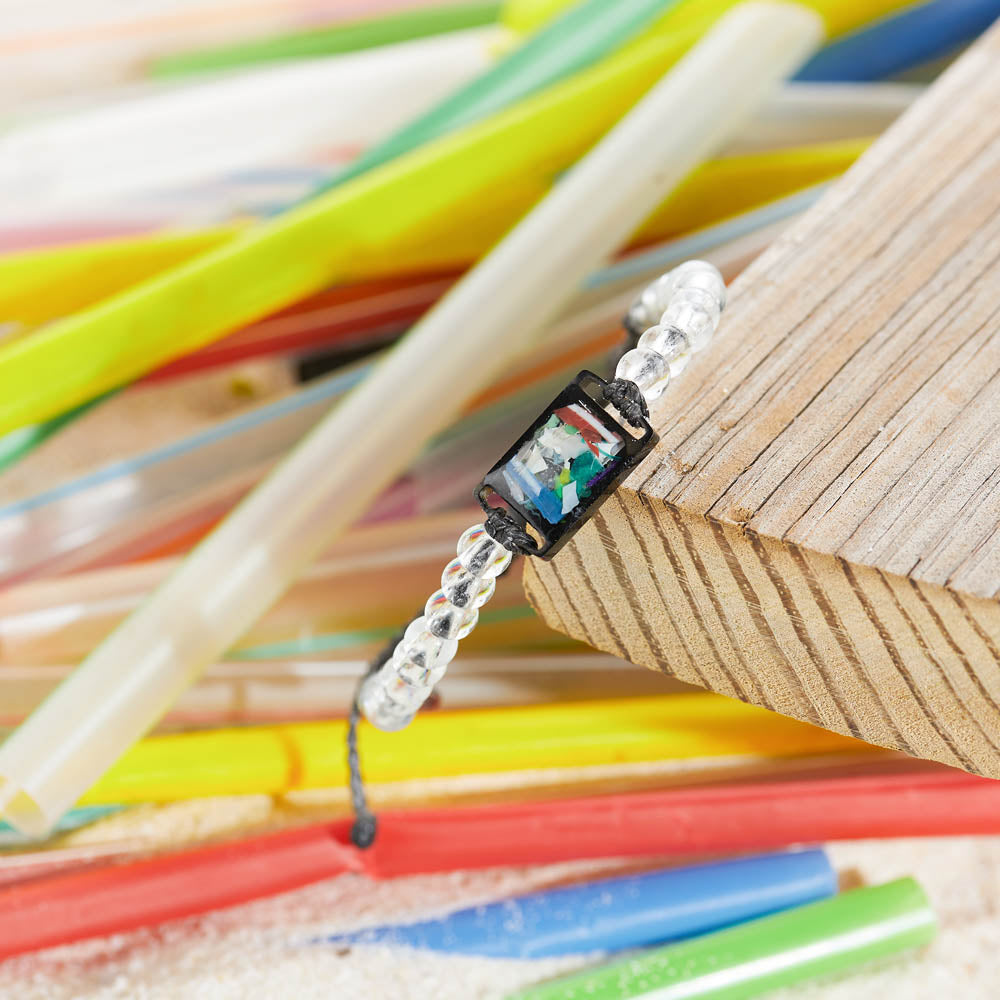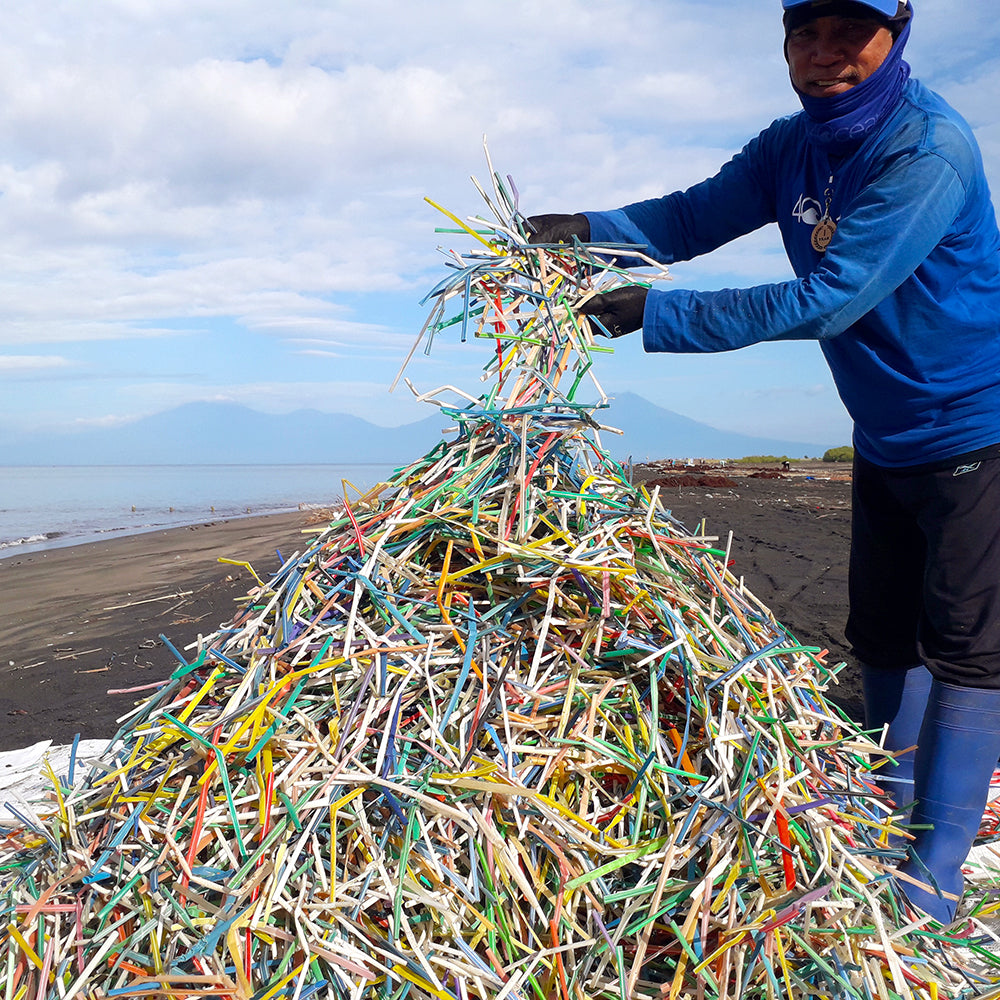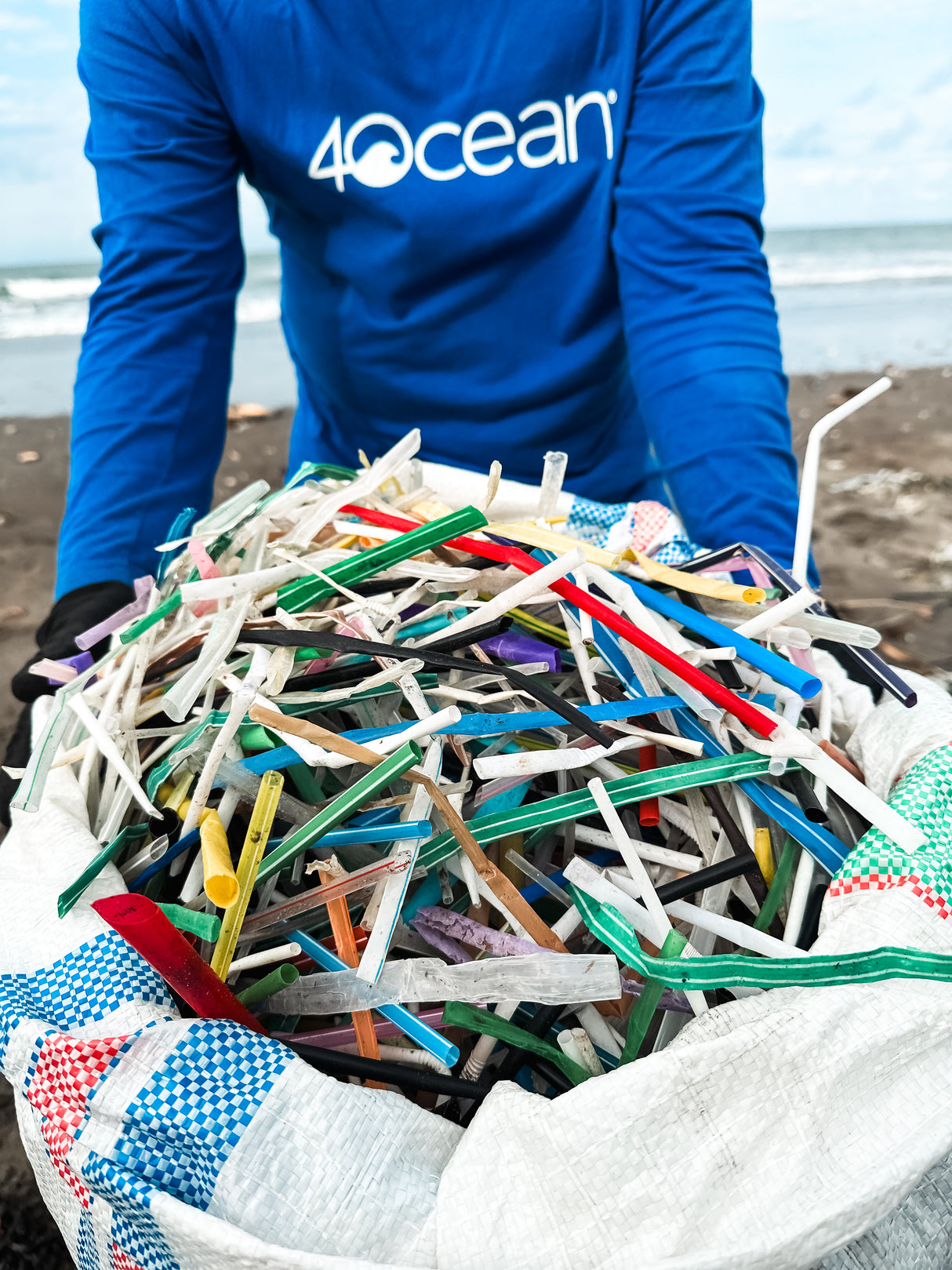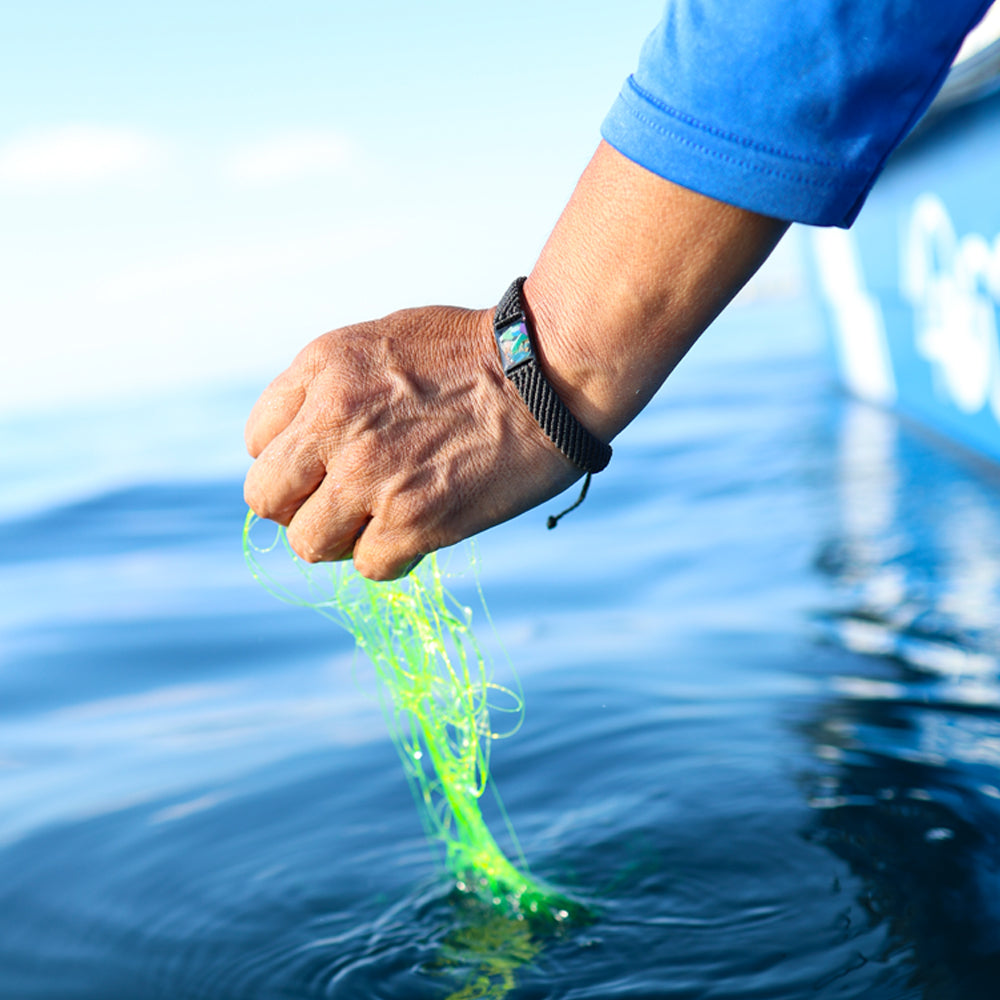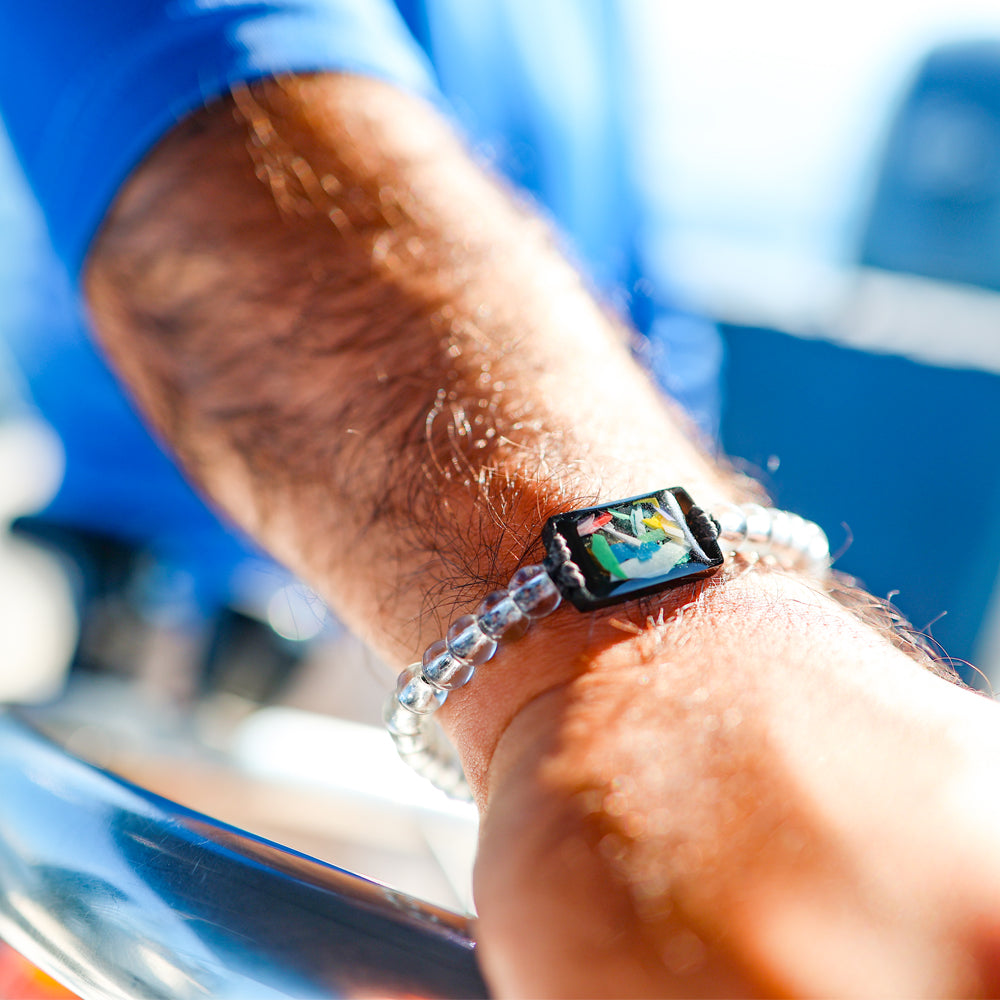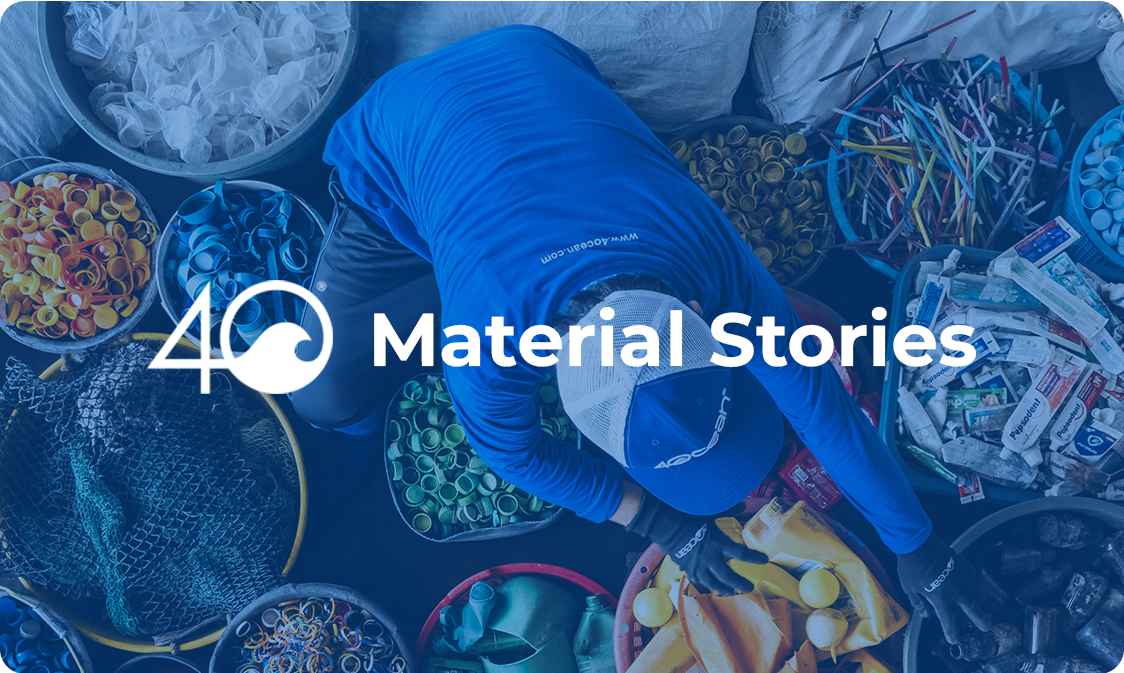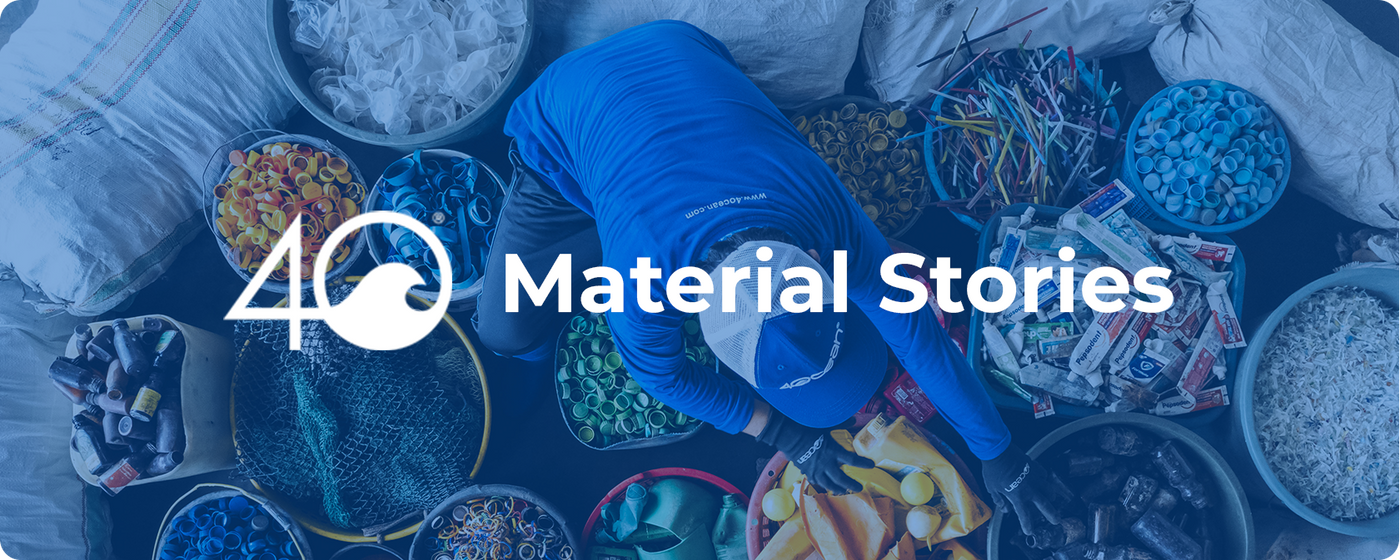95% RECYCLED GLASS BEADS.
Raw Silica Added For Durability + Strength
HANDCRAFTED BY LOCAL ARTISANS ON THE TROPICAL ISLANDS OF BALI
100% WATERPROOF ORGANIC BEESWAX COATING
100% RECYCLED OCEAN PLASTIC CORD
UNISEX, WATERPROOF ADJUSTABLE FROM 7-13"
100% RECYCLED STAINLESS STEEL CHARMS
1 BRACELET = 1 POUND
OF PLASTIC REMOVED FROM THE OCEAN

EVERY PURCHASE SUPPORTS OUR MISSION
When you shop 4ocean, you’re not just buying a product, you’re funding a global movement to end the ocean plastic crisis. Your purchase powers daily ocean cleanups, supports living-wage jobs in coastal communities, and helps drive long-term solutions for a cleaner, more sustainable future. This is where your impact begins.

